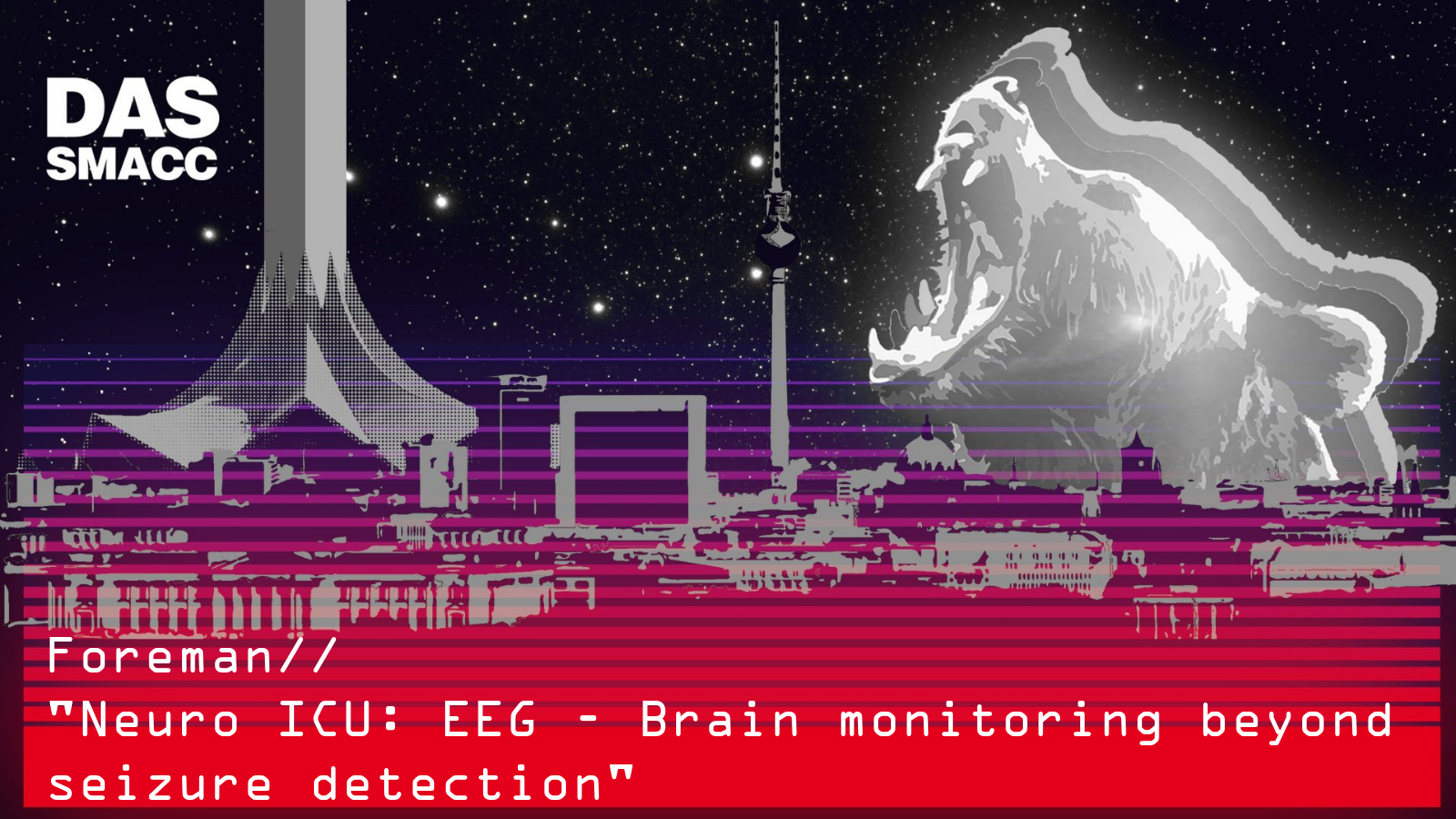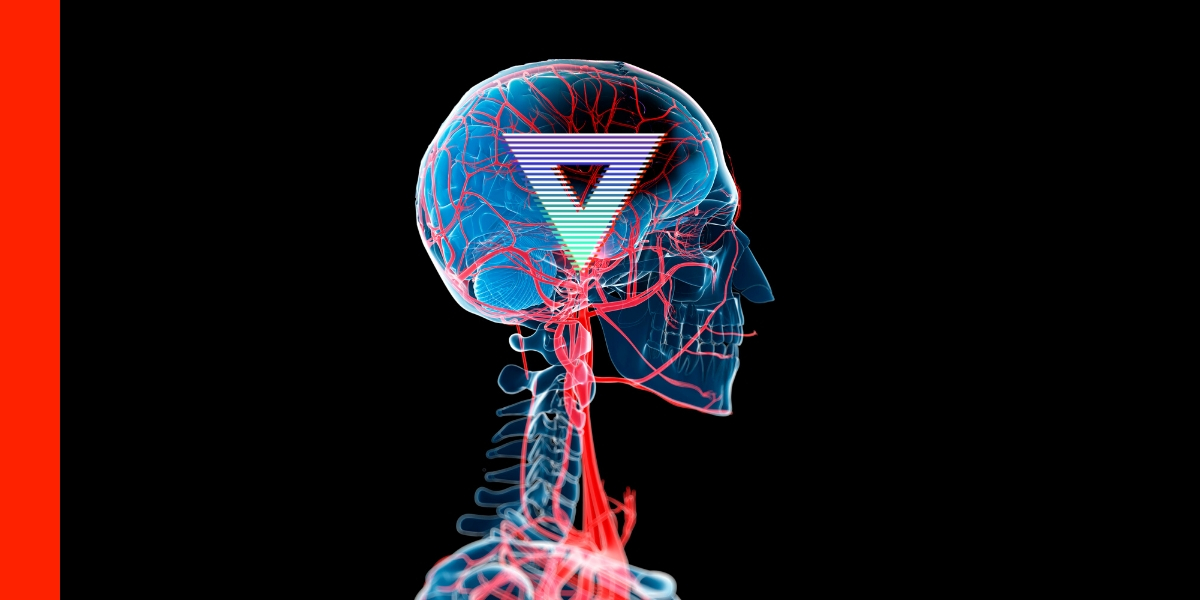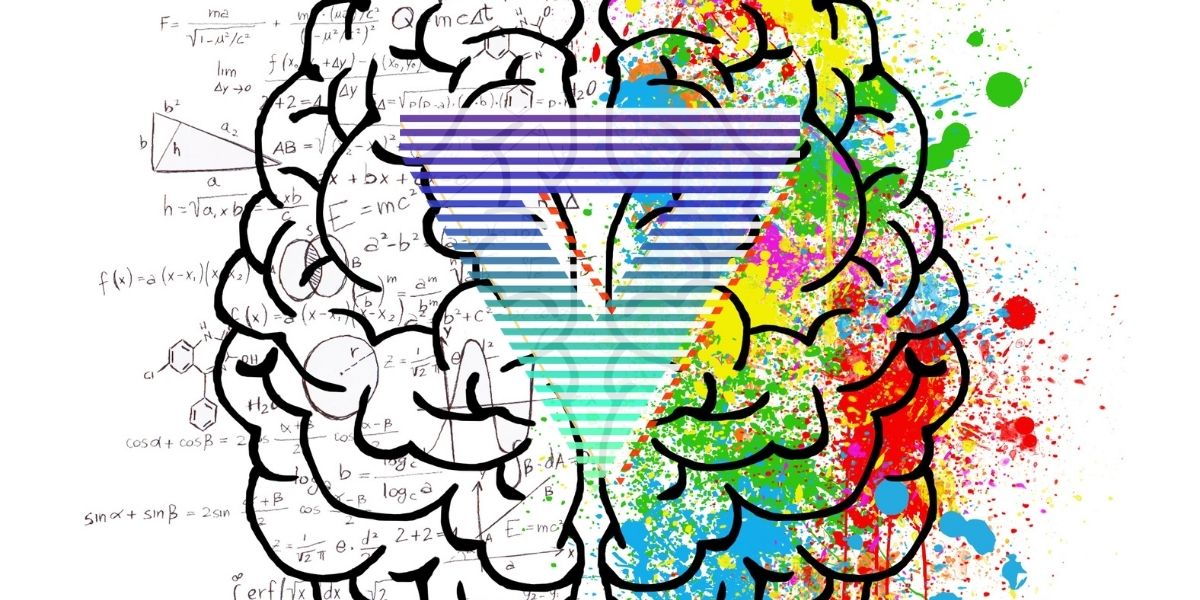Continuous EEG in Neuro Critical Care by Brandon Foreman
Brandon loves wavy lines. He will draw the curtain on the use of continuous EEG in neuro critical care.
Evidently, Brandon takes us back to medical school with some neuroanatomy and physiology to underpin our understanding of the EEG.
Then, Brandon depicts what an EEG is telling us. Bumps, lines, amplitudes and hertz are all demystified. With this knowledge, there is a lot we can do with continuous EEG.
A few examples: EEG can be reflective of external stimulus – be it a shock, a sound, or a pinch. This is useful at the bedside and tests for reactivity.
Reactivity demonstrates whether a signal is getting from the body to the brainstem, to the thalamus and to the cortex.
Moreover, reactivity is one of the most conserved, independent prognostic indicators in coma which makes it important to capture using EEG.
In the ICU, an EEG can show atypical sleep – indicating they are very unwell. If sleep is generated on Day 3 post TBI – there is the capacity to recover.
Finally, Brandon wants us to interact with our patient’s EEG and remember that EEGs are not just for seizures.
For more like this, head to our podcast page. #CodaPodcast
Brandon Foreman
Brandon Foreman, MD FACNS is Assistant Professor of Neurology & Rehabilitation Medicine and Neurosurgery at the University of Cincinnati and serves as Associate Director for Neurocritical Care Research with the Division of Neurocritical Care. Dr. Foreman is a member of several multi-center collaboratives, including the Critical Care EEG Monitoring Research Consortium (CCEMRC) and the Co-Operative Spreading Brain Injury Depolarizations consortium (COSBID), and he has specific expertise in continuous EEG monitoring and in detecting seizures and spreading depolarizations after brain injury. He is a co-founder of the Collaborative for Research on Acute Brain Injuries (CRANI; @UC_CRANI), a translational neuroscience research community at the University of Cincinnati that links translational, clinical, and data scientists. Through CRANI, he works closely with the College of Engineering and Applied Sciences and the Center for Intelligent Maintenance Systems at the University of Cincinnati and with partners at the University of Arizona and Boston University to develop machine learning and network connectivity approaches to understanding brain injury physiology. Dr. Foreman’s research focuses on precision critical care, with a specific interest in the recording and interpretation of cortical physiology, pressure, flow, and synaptic signaling and how this can be integrated with clinical data at the bedside in order to guide care at the patient level.





